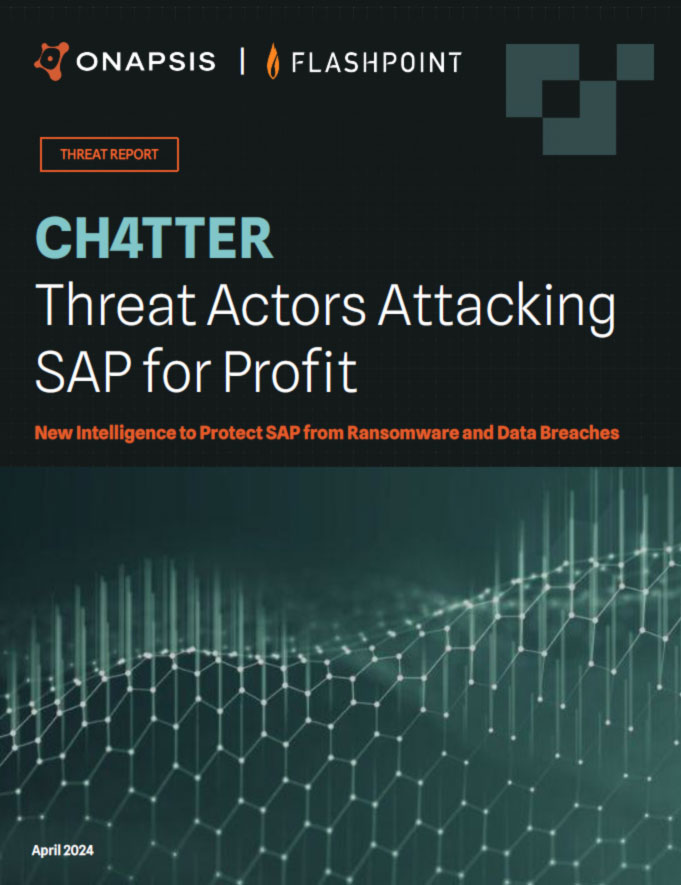The Cost of Ignoring SAP Cybersecurity: Bridging the Gap with Onapsis Research Labs

In today’s digital landscape, organizations face an ever-growing threat from cyber attacks. As technology advances, so do hackers’ and cybercriminals’ capabilities–as shown from the latest Onapsis Research Labs report. However, despite the increasing importance of cybersecurity, many organizations struggle to maintain an effective security posture due to a shortage of cybersecurity skills and resources. This shortage can have severe consequences for organizations looking to protect their data, maintain compliance, and safeguard their operations.
The Negative Impact of a Shortage of Cybersecurity Expertise and Resources
A shortage of cybersecurity expertise and resources can leave organizations vulnerable to a wide range of cyber threats. Without the necessary skills and tools to identify and mitigate these threats, organizations may find themselves exposed to data breaches, financial losses, and reputational damage. This is especially true in complex environments such as SAP landscapes, where the stakes are high, and the potential impact of a security breach can be catastrophic.
Lack of funding and headcount constraints further exacerbate the problem, forcing organizations to rely on manual efforts to identify and address security threats. However, manual efforts are often ineffective in the face of sophisticated cyber attacks, and as a result, human error and oversight can lead to critical vulnerabilities being overlooked.
The Consequences of Inadequate Cybersecurity in an SAP Environment
Within a typical SAP environment, the challenges of maintaining cybersecurity are amplified due to the complex nature of SAP systems and the landscape overall. SAP landscapes house a wealth of sensitive data and critical business processes, making them prime targets for cybercriminals. A lack of cybersecurity expertise and resources in an SAP environment can lead to:
- Increased vulnerability to cyber attacks: Hackers are constantly evolving their tactics to exploit vulnerabilities in SAP systems. Without the latest threat intelligence and expertise, organizations are at risk of falling victim to these attacks.
- Compliance violations: Inadequate cybersecurity measures can lead to non-compliance with industry regulations and data protection laws, exposing organizations to legal penalties and financial repercussions.
- Operational disruptions: A successful cyber attack on an SAP system can result in operational disruptions, downtime, and loss of revenue, impacting the organization’s bottom line and reputation.
Bridging the Gap with Onapsis Research Labs
To address these challenges, organizations can turn to the expertise and automation provided by the Onapsis Research Labs team. With years of experience in SAP cybersecurity, the Onapsis Research Labs team offers valuable insights, threat intelligence, and automation tools to help organizations secure their SAP environments effectively. Most recently, Onapsis Research Labs joined forces with Flashpoint to release a report on how threat actors are increasingly targeting SAP applications.
By leveraging the expertise of the Onapsis Research Labs team, organizations can:
- Gain a deeper understanding of SAP cybersecurity threats and vulnerabilities.
- Identify and prioritize security risks within their SAP landscapes.
- Implement proactive security measures to protect against cyber attacks.
- Automate security processes to improve efficiency and effectiveness.
In conclusion, the impact of a shortage of cybersecurity skills and resources on an organization’s security and compliance posture cannot be underestimated, especially within a complex SAP environment. By partnering with the Onapsis Research Labs team, organizations can access the expertise and automation tools needed to strengthen their cybersecurity defenses and protect their most critical assets effectively. Don’t wait until it’s too late—invest in SAP cybersecurity today to safeguard your organization’s future.



